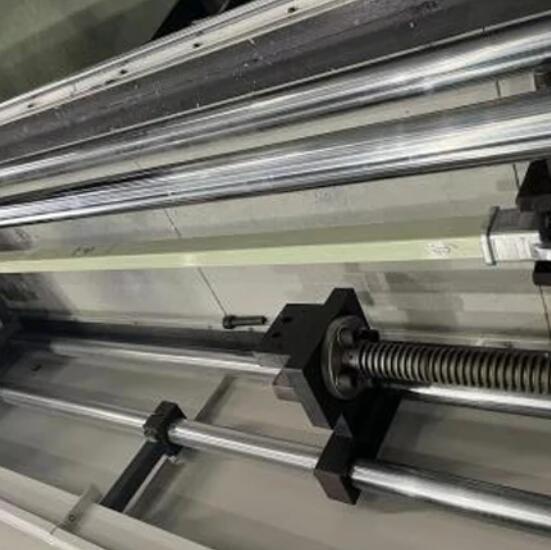Unveiling Strength: The Engineering Marvel of Fiberglass Composite Crossarms
2023-11-27
Introduction:
In the realm of utility and power distribution, the reliability and longevity of infrastructure components are paramount. Fiberglass composite crossarms, a modern alternative to traditional materials, stand out for their exceptional strength and durability. In this blog, we will delve into the factors that contribute to the high strength and durability of fiberglass composite crossarms, unraveling the engineering ingenuity that makes them a stalwart choice in utility construction.
1. Fiberglass Reinforcement:
- Continuous Fiberglass Strands: The use of continuous fiberglass strands as the primary reinforcement is a key factor. These strands, often in the form of mats or fabrics, provide high tensile strength and rigidity to the crossarm.
- Orientation and Alignment: The strategic orientation and alignment of the fiberglass strands during the manufacturing process contribute to the overall structural integrity of the crossarm.
2. Resin Matrix:
- Epoxy or Polyester Resins: The resin matrix, commonly composed of epoxy or polyester resins, plays a crucial role. These resins not only bind the fiberglass reinforcement together but also undergo curing to form a solid composite material.
- Adhesion: The proper adhesion between the resin matrix and fiberglass reinforcement enhances the strength and load-bearing capacity of the crossarm.
3. Pultrusion Process:
- Continuous and Controlled Production: The pultrusion process, a continuous and controlled manufacturing method, ensures the consistent distribution of fibers and resins throughout the entire length of the crossarm.
- Heat Curing: The heat curing involved in pultrusion enhances the molecular bonding within the composite material, contributing to its strength and durability.
4. High Fiberglass Content:
- Percentage of Fiberglass: Fiberglass composite crossarms typically have a high percentage of fiberglass content. This high concentration of reinforcing fibers augments the overall strength and load-bearing capabilities of the crossarm.
- Uniform Distribution: The uniform distribution of fiberglass within the matrix ensures that strength is not compromised at any point along the crossarm.
5. Corrosion Resistance:
- Inherent Corrosion Resistance: Unlike materials such as steel, fiberglass composite crossarms are inherently corrosion-resistant. This resistance protects the crossarm from environmental factors, ensuring longevity and sustained strength.
- Suitability for Harsh Environments: The resistance to corrosion makes fiberglass composite crossarms particularly suitable for installations in humid, coastal, or chemically corrosive environments.
6. Dimensional Stability:
- Minimized Warping or Distortion: Fiberglass composite exhibits excellent dimensional stability. This means that the crossarm maintains its intended shape and dimensions over time, minimizing the risk of warping or distortion.
- Consistency: Dimensional stability contributes to the consistency of performance and load-bearing capacity.
7. UV Resistance:
- Specialized UV Protection: Fiberglass composite crossarms are designed to resist the degrading effects of ultraviolet (UV) radiation. Specialized coatings or treatments may be applied to protect the material from sunlight exposure.
- Preservation of Material Properties: UV resistance ensures that the crossarm retains its structural and mechanical properties over extended periods of outdoor exposure.
8. Environmental Resilience:
- Inert Nature: Fiberglass composite materials are inert and do not react with environmental elements, contributing to their resilience in various conditions.
- Resistance to Biological Decay: The composite's resistance to biological decay, insects, and fungal growth enhances its durability and longevity.
Conclusion:
The high strength and durability of fiberglass composite crossarms are the result of a meticulous combination of materials and engineering processes. From the continuous fiberglass reinforcement to the resin matrix, pultrusion manufacturing, and specialized features like UV resistance, each factor contributes to the creation of crossarms that redefine the standards of utility construction. As industries seek infrastructure solutions that marry efficiency, reliability, and longevity, fiberglass composite crossarms emerge as an engineering marvel, embodying the future of power distribution infrastructure.



